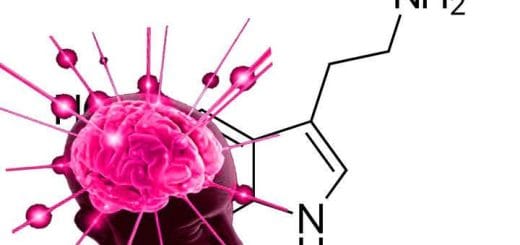Tryptophan properties and side effects in capsules and foods
The tryptophan is an essential amino acid that plays a role in releasing natural serotonin. Its properties help regulate sleep, mood, and emotions. It is part of genes and plays a fundamental role in...










